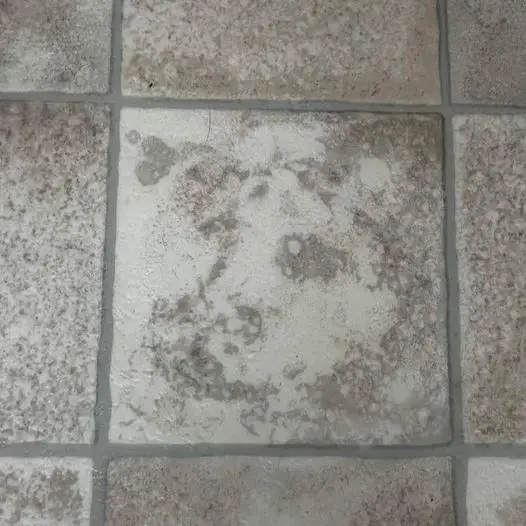Have you ever glanced at an object, only to be surprised by what appears to be a face staring back at you? This isn’t just an odd trick of the eye but a psychological phenomenon known as pareidolia. Our brains are experts at recognizing shapes and patterns, and faces, in particular, which helps explain why we see familiar figures in unexpected places, like a knot in a tree or the design on a tile floor. This instinct is a fascinating reminder of how our brains are wired for connection, survival, and creativity.
What is Pareidolia?
Pareidolia is the brain’s tendency to recognize patterns and especially faces within random stimuli. This evolved trait helped early humans quickly identify friends, foes, and potential threats. Over generations, our brains have become highly adept at spotting faces even where none exist. Pareidolia exemplifies how our minds project meaning onto the world around us, a process that stems from our primal instincts.
The “Tile Face” Example
Imagine looking closely at a well-worn tile floor. You may notice dark spots that resemble eyes, a smudge for a nose, and a faint curve forming a mouth. Suddenly, an ordinary floor becomes an encounter with a hidden “face.” This transformative effect exemplifies pareidolia at work, converting mundane surroundings into something meaningful and unexpectedly delightful.
The Evolutionary Reason We See Faces Everywhere
Seeing faces in objects isn’t a quirk unique to modern life but is rooted in our evolutionary past. Recognizing faces quickly allowed early humans to discern friend from foe and form bonds essential for survival. These instincts remain embedded in us, making our brains highly sensitive to face-like patterns. This skill goes beyond practical survival, impacting our social interactions and emotional responses.
Even today, pareidolia affects us in diverse ways. From spotting familiar figures in clouds to seeing a smiling face in a coffee stain, these moments of recognition demonstrate the brain’s ongoing search for connection and familiarity.
Pareidolia and Artistic Expression
Beyond its evolutionary significance, pareidolia plays a role in the world of art. Artists throughout history have drawn inspiration from the accidental images that emerge around us. This phenomenon fuels creativity, urging us to view the world through a different lens and find beauty in everyday randomness.
The artistic potential of pareidolia invites us to reimagine ordinary sights. A crack on a sidewalk, for example, can take on the look of a distant mountain range or the outline of a face. By engaging with pareidolia, artists tap into a shared human tendency to find meaning where none was intended, revealing a new dimension of creativity and imagination.
Why Do Our Brains Seek Patterns?
Our drive to see familiar shapes, particularly faces, is closely linked to our social nature. Human brains are designed to seek patterns because these associations help us navigate complex environments. As a survival mechanism, pattern recognition allowed our ancestors to predict potential dangers and identify safe environments. By seeing faces in everyday objects, we not only engage in a bit of harmless imagination but also exercise our brains’ natural pattern-recognition abilities.
Finding Meaning in the Mundane
Pareidolia gives a glimpse into how deeply our brains are programmed to interpret our environment in familiar, relatable ways. Next time you find yourself gazing up at the clouds or staring at an uneven wall, take a moment to consider what you see. Whether it’s a hidden face or an imaginary landscape, pareidolia reminds us that there’s beauty in the unexpected, and even the most mundane surroundings can surprise us with hidden wonders.

